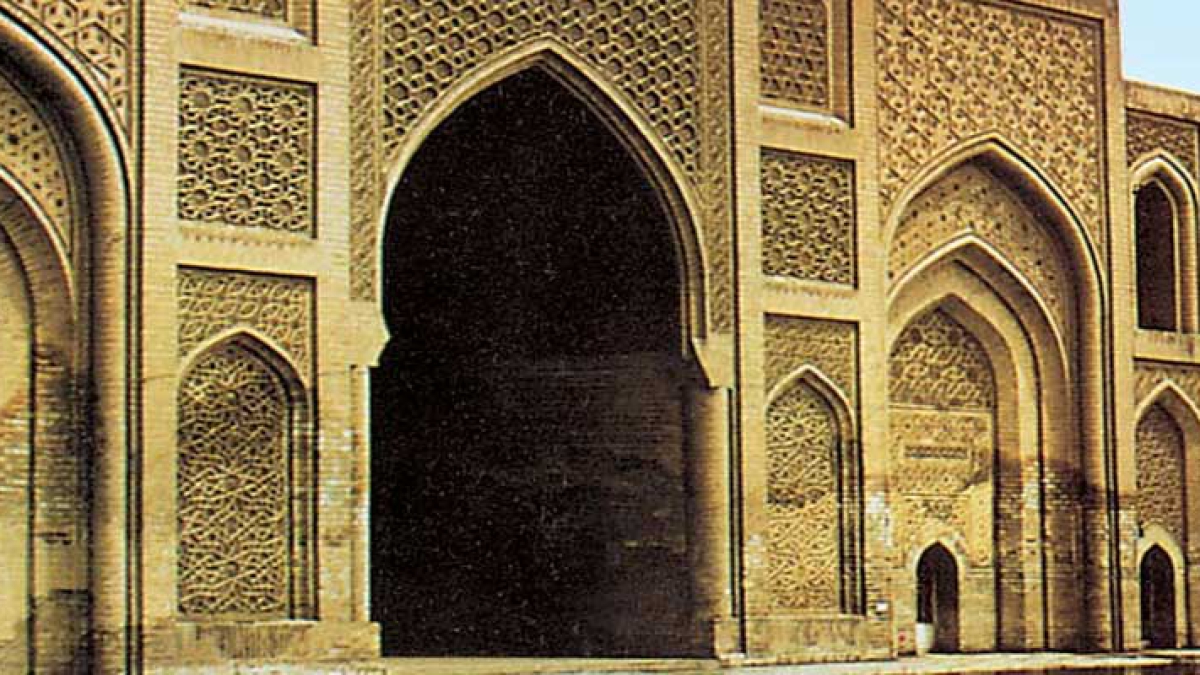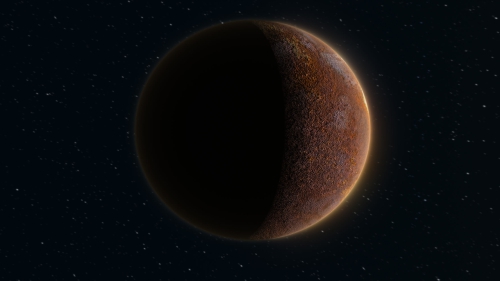Ingenious Devices

I was fervently attached to the pursuit of this subtle science [of machines] and persisted in the endeavor to arrive at the truth. 'The eyes of opinion looked to me to distinguish myself in this beloved science. Types of machines of great importance came to my notice, offering possibilities for types of marvelous control. Bath al-Zaman al-Jazari, Turkey, 1206.
 |
Few figures in Islamic scientific history are more colorful or intriguing than three brothers: Jafar-Muhammad, Ahmad and al-Hasan. They lived in Baghdad in the time of the Abbasid Caliph al-Mamun in the early 9th century, and have come to be known collectively as the 'Banu Musa brothers', Their father, Musa ibn-Shakir, is reported to have been a highwayman when he was young, but somehow he managed to put his past behind him, becoming not only an astronomer and astrologer but a close friend of the Caliph Harun al-Rashid-himself. He died young, leaving three small sons. Harun's son, the Caliph al-Mamun, patron of science and rationality, made a point of looking after them.
As the young boys grew up, they were given the run of al-Mamun's House of Wisdom, and they clearly made the most of it. They were all brilliant scholars, and did much to stimulate the translation project, sending out envoys and paying small fortunes to retrieve manuscripts from the Byzantine Empire and elsewhere. They quickly mastered Greek and were soon writing their own important treatments of the maths of cones and ellipses, building on the work of Apollonius. They were also accomplished astronomers, and at al-Mamun's request were able to make an accurate measurement of the earth's circumference. Yet, apart from their reputation for stirring up trouble, what really made their name was the wonderful machines and devices they created to delight the Baghdad court.
Marvelous toys
 |
The Banu Musa may well have designed industrial or scientific machines, but if so they are lost. What we do know of their work is that they designed toys. They describe 100 of their devices in a work called the Book of Artifices written in 830, and each one that historians have so far examined is a masterpiece of ingenuity. Fountains that change shape by the minute, clocks with all kinds of little gimmicks, trick jugs, flutes that play by themselves, water jugs that serve drinks automatically, and even a full-size mechanical tea girl that actually serves tea. Such devices still astonish today when they are reconstructed, but they must have made al-Mamun's court gasp with wonder and delight.
Although they are just toys, the inventiveness that the Banu Musa put into them is impressive, as is the ground-breaking technology in one area of engineering: the field of automation. By making clever use of one - or two-way self-closing and - opening valves, devices for delaying action and responding to feedback, and simple mechanical memories, they created automatic systems which are no different in principle from modem machines. They used mainly water under pressure rather than electronics, but many of the operating principles are the same.
Using water to tell the time
 |
 |
| Illustration of the Elephant Clock from the Book of Ingenious Devices. | Re-engineered Elephant Clock at the Ibn Batuta Mall in Dubai. |
The idea of using water pressure to achieve automation reached its pinnacle in the development of clocks. The need to know what time to pray was a crucial spur in Islam to the development of water clocks which could keep the time through day and night. Water clocks such as that of al-Zarqali in Toledo (11th century) became the wonders of the age.
One extraordinary device is a water clock in the shape of an elephant, designed by an engineer called Badi al-Zaman al-Jazarj and illustrated and described in his Book of Ingenious Devices (1206). The elephant clock combined water principles' from Archimedes with an Indian elephant and water timer, Chinese dragons, an Egyptian phoenix, a Persian carpet and Arabian figures.
Al-Jazari was born in the region of al-Jazira between the Tigris and Euphrates in the 12th century. This was a-time when the Turkic-speaking peoples were already beginning to make this part of the world their own, and in 1174 he went to work for the Banu Artuq, the rulers of Amid (now known as Diyar Bakir in southern Turkey). There may have been many engineers as talented and as innovative as al-Jazari, but he was also a skilled communicator who could write and draw too. He must have been an old man, though, when the Prince of Amid, Nasir al-Din Mahmud, ordered him to write his book, for within a few months of completing it he was dead.
Researchers are just beginning to go through this book, which seems to be the culmination of Islamic mechanical technology, to try out some of these machines - either on computers or by building models according to al-Jazari's designs. What they are finding is beginning to cause quite a stir.
Excerpted from the book "Science & Islam" by Ehsan Masood.
Topics: Islam And Science, Nature And Environment, Water
Views: 11698
Related Suggestions
Thanks for giving this most intresting story.
Allaha Hafeez
Mohammed Anwar

















